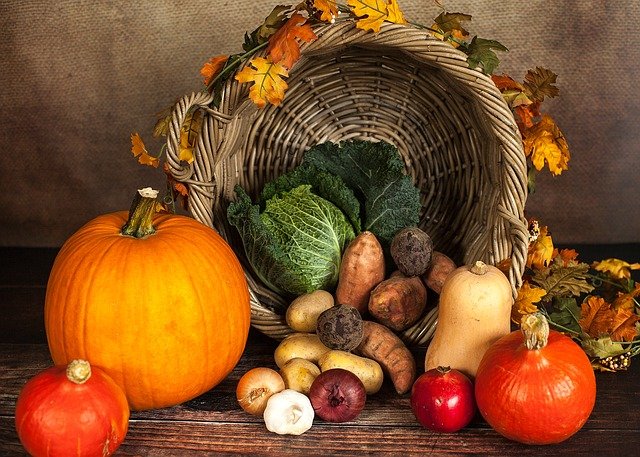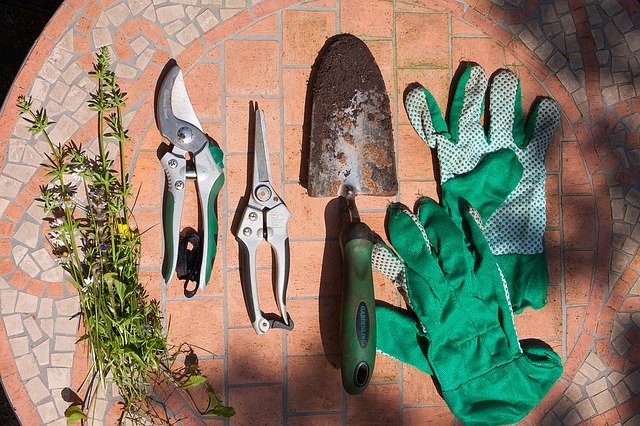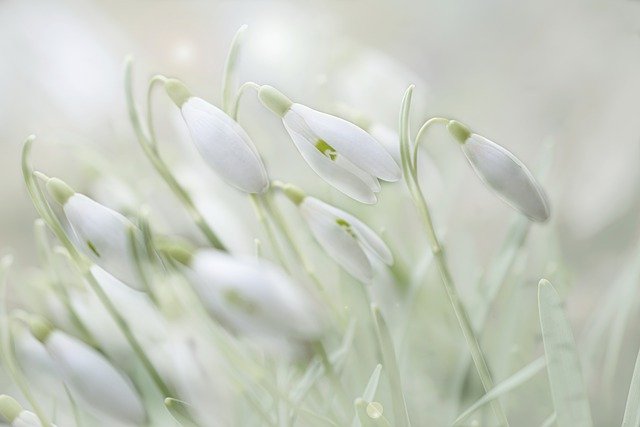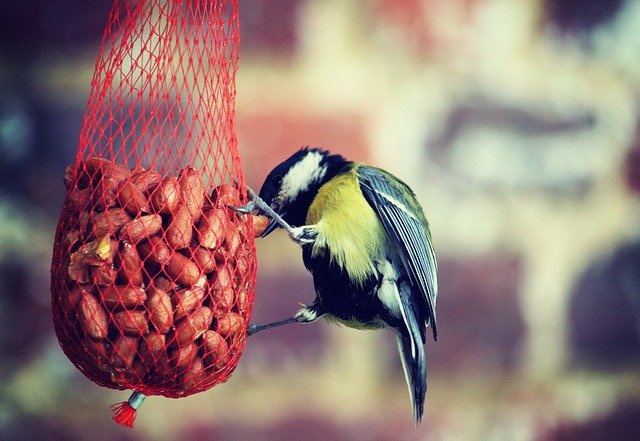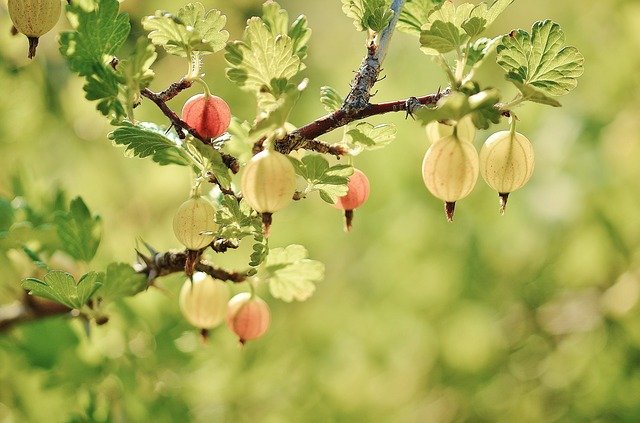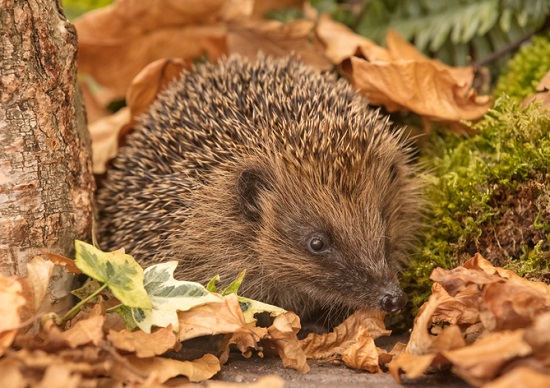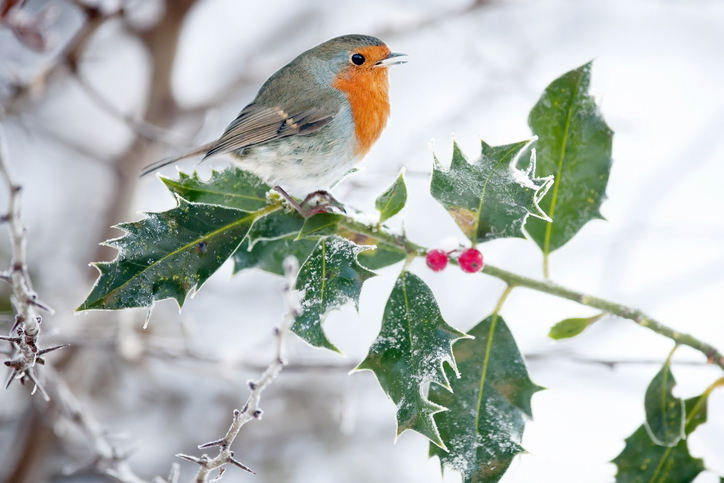October Gardening Jobs
Reading time: 5 minutes
Gardening jobs for October
October is a month of preparation and transition in the garden as we move into the colder months. Here are the essential gardening jobs for October:
Clearing autumn leaves
Task: Clear autumn leaves.
Why: Leaves left on the ground can smother grass and plants, causing damage, but they are excellent for compost.
How: Rake leaves regularly and add them to your compost heap, mixing with other green and brown materials.
Planting spring-flowering bulbs
Task: Plant spring-flowering bulbs in containers.
Why: Planting bulbs now ensures a beautiful display next spring.
How: Choose containers with good drainage, fill with compost, and plant bulbs such as tulips, daffodils, and hyacinths at the recommended depth.
Deadheading flowers
Task: Deadhead your flowers.
Why: Deadheading promotes the last of their flowering potential and keeps the garden looking tidy.
How: Remove spent blooms just above the first set of healthy leaves.
Sowing early carrots
Task: Sow early carrots.
Why: Sowing now will give you a head start for an early spring harvest.
How: Sow seeds in a sheltered spot or under cloches, keeping the soil moist but not waterlogged.
Bringing in tender plants
Task: Bring in tender plants before frost hits.
Why: Tender plants such as fuchsias, citrus, succulents, and salvias are vulnerable to frost damage.
How: Move potted plants into a greenhouse, potting shed or indoors. For plants in the ground, cover them with horticultural fleece or cloches.
Sowing winter salads
Task: Sow winter salads.
Why: Winter salads like lettuce, rocket, and mizuna (Japanese greens) can provide fresh greens throughout the colder months.
How: Sow seeds in a cold frame, greenhouse or potting shed. Protect young plants with horticultural fleece as temperatures drop.
Mulching raised beds
Task: Mulch your raised beds.
Why: Mulching helps retain moisture, suppress weeds, and protect the soil structure over winter.
How: Apply a layer of organic mulch, such as compost or well-rotted manure, to the surface of the soil.
Collecting and storing winter fruit and vegetables
Task: Collect and store winter fruit and vegetables.
Why: Proper storage extends the shelf life of your harvest and ensures you have fresh produce over winter.
How: Harvest root vegetables like carrots and beetroot, and fruits like apples and pears. Store them in a cool, dark place, such as a shed or cellar.

Additional October gardening tasks
Protecting perennials
Task: Protect perennials from frost.
Why: Frost can damage tender perennials.
How: Apply a thick layer of mulch around the base of plants and cover with fleece if necessary.
Dividing perennials
Task: Divide overcrowded perennials.
Why: Dividing perennials promotes healthy growth and can rejuvenate older plants.
How: Dig up the plant, separate the root clump into smaller sections, and replant each section with plenty of space.
Pruning climbing roses
Task: Prune climbing roses.
Why: Pruning helps shape the plant and encourages healthy growth next season.
How: Remove any dead or diseased wood and trim back to shape, tying in new shoots as necessary.
Continue planting trees and shrubs
Task: Plant trees and shrubs.
Why: The soil is still warm enough for roots to establish before winter.
How: Dig a hole twice the width of the root ball, plant at the same depth as it was in the pot, and water well.
Checking greenhouse ventilation
Task: Ensure proper greenhouse ventilation.
Why: Good airflow reduces the risk of mould and mildew.
How: Open vents on warm days and close them in the evening to maintain a stable temperature.
Saving perennial seeds
Task: Save seeds from perennials.
Why: Saving seeds is a cost-effective way to grow new plants next year.
How: Collect seeds on a dry day and store them in labelled paper bags or envelopes in a cool, dry place. Avoid plastic bags, which can trap moisture and cause seeds to rot.
We hope these tasks ensure your garden is well-prepared for winter and set up for success in the coming spring. Happy gardening!





